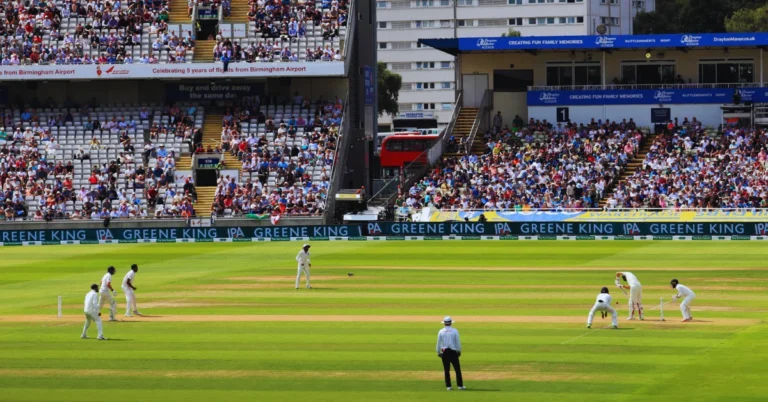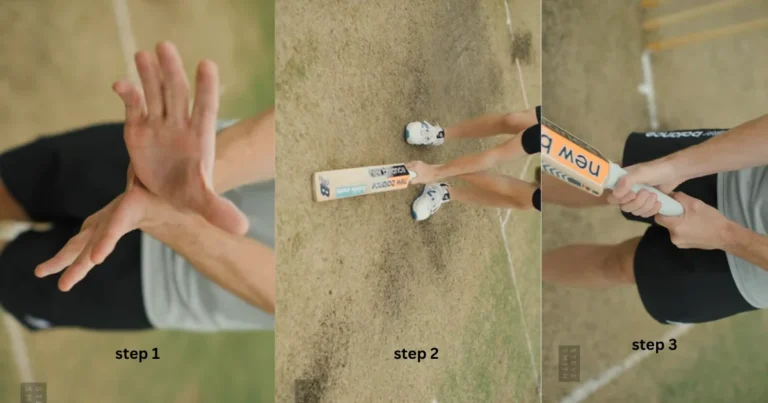Cricket Pitch Whole Process, Importance, Required Materials, Construction:
Cricket, often referred to as the “gentleman’s game,” is deeply rooted in tradition and meticulous preparation. Central to the sport is the cricket pitch, a carefully crafted strip of turf where matches unfold.
Cricket Pitch significance:
Before we delve into the construction process, it’s essential to understand the significance of the cricket pitch. The pitch, including various types of cricket pitches, is a rectangular area, typically 22 yards long (20.12 meters), situated at the center of the cricket field.
It serves as the battleground where bowlers aim to dismiss batsmen while batsmen strive to score runs. The pitch standardizes its width at 3 meters, dividing itself into three main sections: the batting crease, the bowling crease, and the return crease.
Materials Required:
Creating a cricket pitch requires specific materials to ensure optimal playing conditions and fair competition. The primary materials include:
1. Soil:
Groundskeepers carefully select a soil mixture, typically composed of clay, silt, and loam, as the foundation of the cricket pitch. This blend provides the ideal balance of firmness and resilience for bowlers and batsmen.
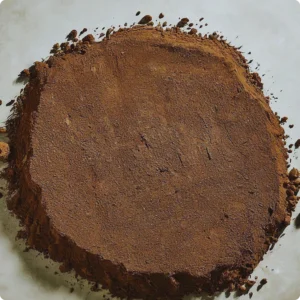
2. Grass:
Groundskeepers commonly use grass varieties such as “Bermuda grass” or “rye grass” to cover the pitch surface. The grass provides grip for bowlers and bounces for batsmen, contributing to the dynamics of the game.
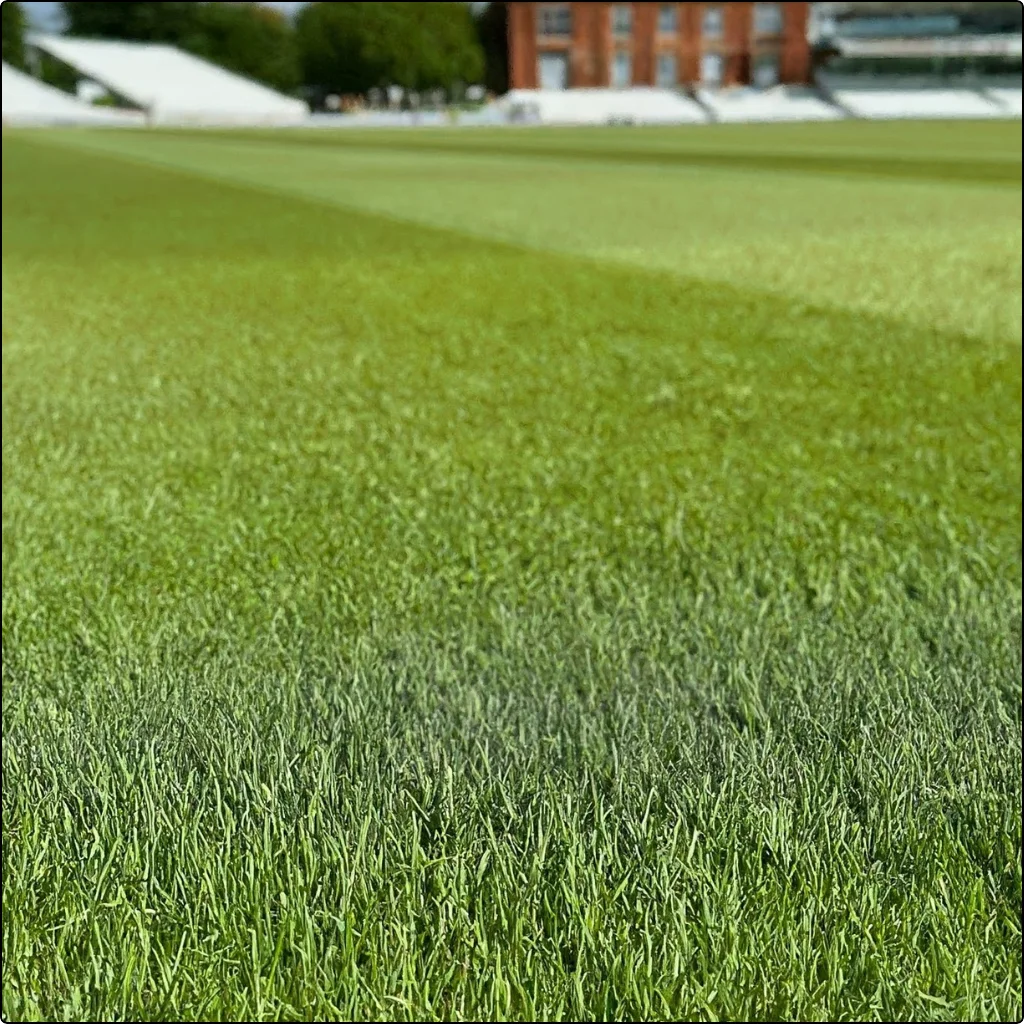
3. Roller:
Groundskeepers use a heavy roller to compact the soil and grass, creating a smooth and even surface. The roller also helps to firm up the pitch, ensuring consistent bounce and pace throughout the match.
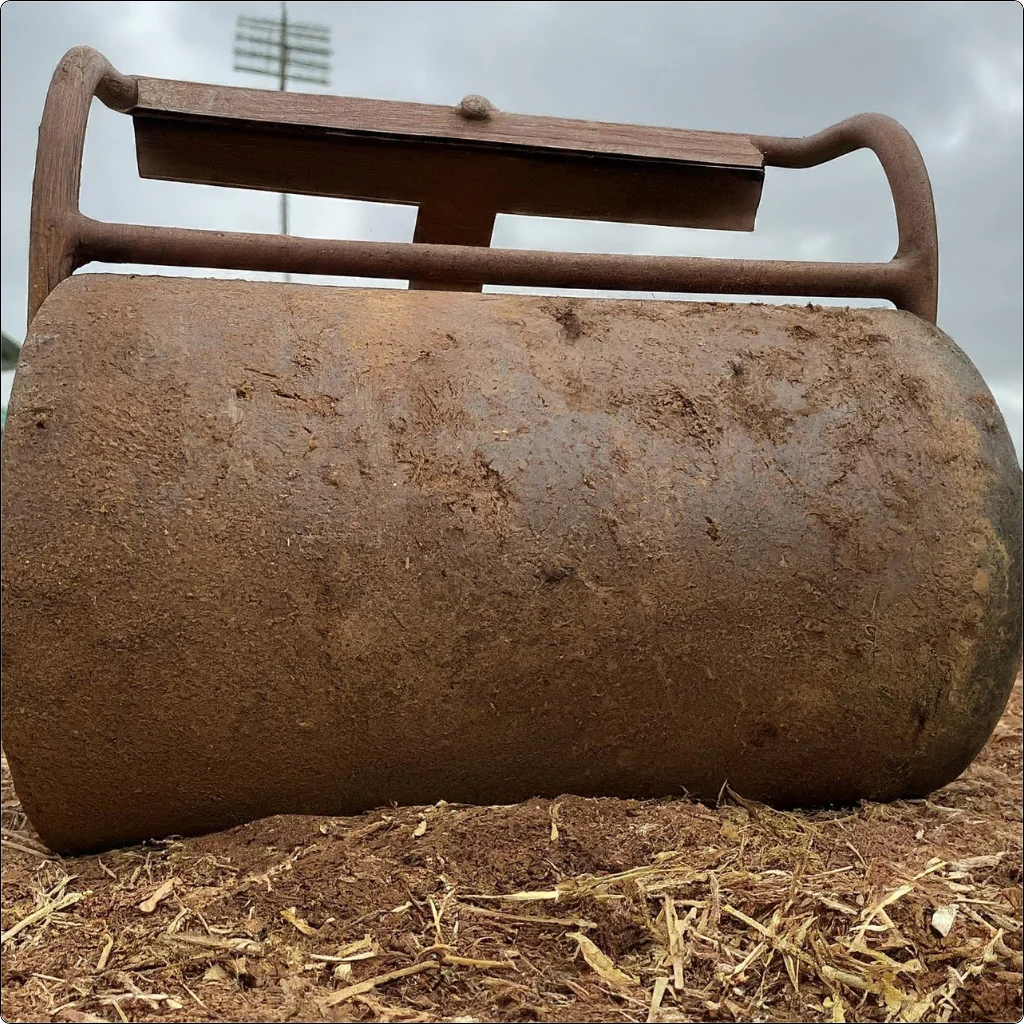
Construction Process:
The construction of a cricket pitch is a meticulous process that requires careful planning and execution. Here’s a step-by-step guide on how to make cricket pitches:
1. Site Selection:
The first step is to select a suitable location for the pitch within the cricket field. Groundskeepers carefully consider factors such as soil quality, drainage, and sunlight exposure to ensure optimal playing conditions.
2. Soil Preparation:
Once the site is selected, the soil is excavated to the required depth, typically around 10-12 inches (25.4 to 30.48 centimeters). Workers then level and compact the soil to create a solid foundation for the pitch.
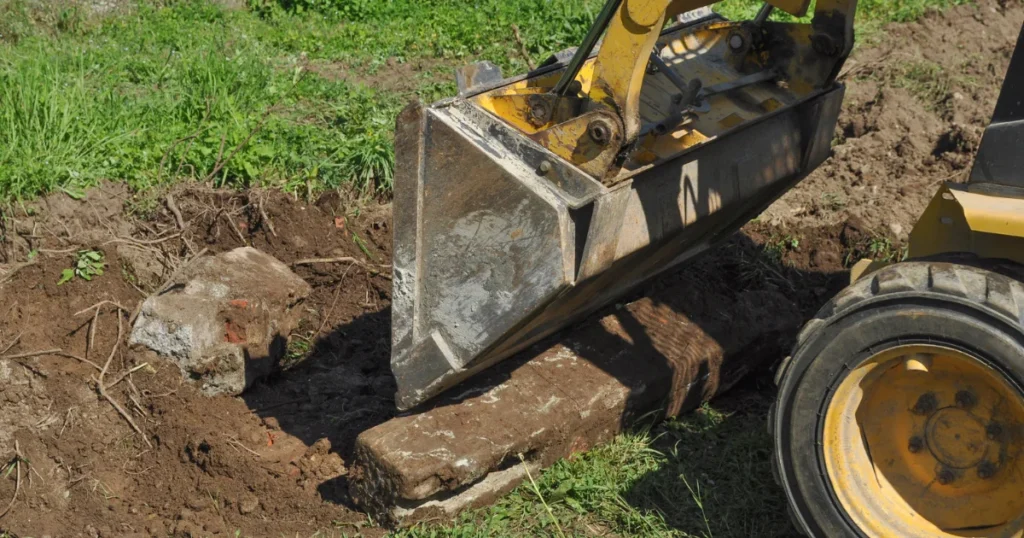
3. Grass Installation:
After the soil preparation is complete, grass seeds or turf rolls are laid out on the pitch surface. The groundskeeping team waters and nurtures the grass to promote healthy growth and establishment.

4. Pitch Markings:
Once the grass has grown to the desired length, groundskeepers carefully measure and mark out pitch markings such as creases and stumps using chalk or paint.
5. Pitch Rolling:
The final step in the construction process is pitch rolling. A heavy roller compacts the soil and grass, creating a firm and uniform playing surface. The pitch is rolled in different directions to ensure consistent bounce and pace.
International Pitches Construction:
International cricket pitches adhere to strict standards set by the International Cricket Council (ICC). These pitches undergo rigorous testing and preparation to meet the requirements of professional cricket matches. The meticulous control of soil composition, grass type, and pitch dimensions ensures uniformity and consistency across different venues.
Groundsmen at international stadiums work tirelessly to maintain the quality of the pitches, using advanced techniques and equipment to provide the best possible playing surface for top-level cricket.
Maintenance and Preparation:
Maintaining a cricket pitch is an ongoing process that requires regular care and attention. Groundsmen are responsible for mowing, watering, fertilizing, and rolling the pitch to keep it in optimal condition. Additionally, groundskeepers use pitch covers to shield the pitch from adverse weather conditions such as rain or frost.
Delving into the Precision:
the construction of a cricket pitch is a complex and meticulous process that requires careful planning, skill, and expertise. From selecting the right materials to preparing the pitch for play, every step is crucial to ensuring optimal playing conditions and a fair contest between bat and ball.
By intricately understanding the process of making cricket pitches, players, officials, and fans alike can deepen their appreciation for the game and its rich traditions.

